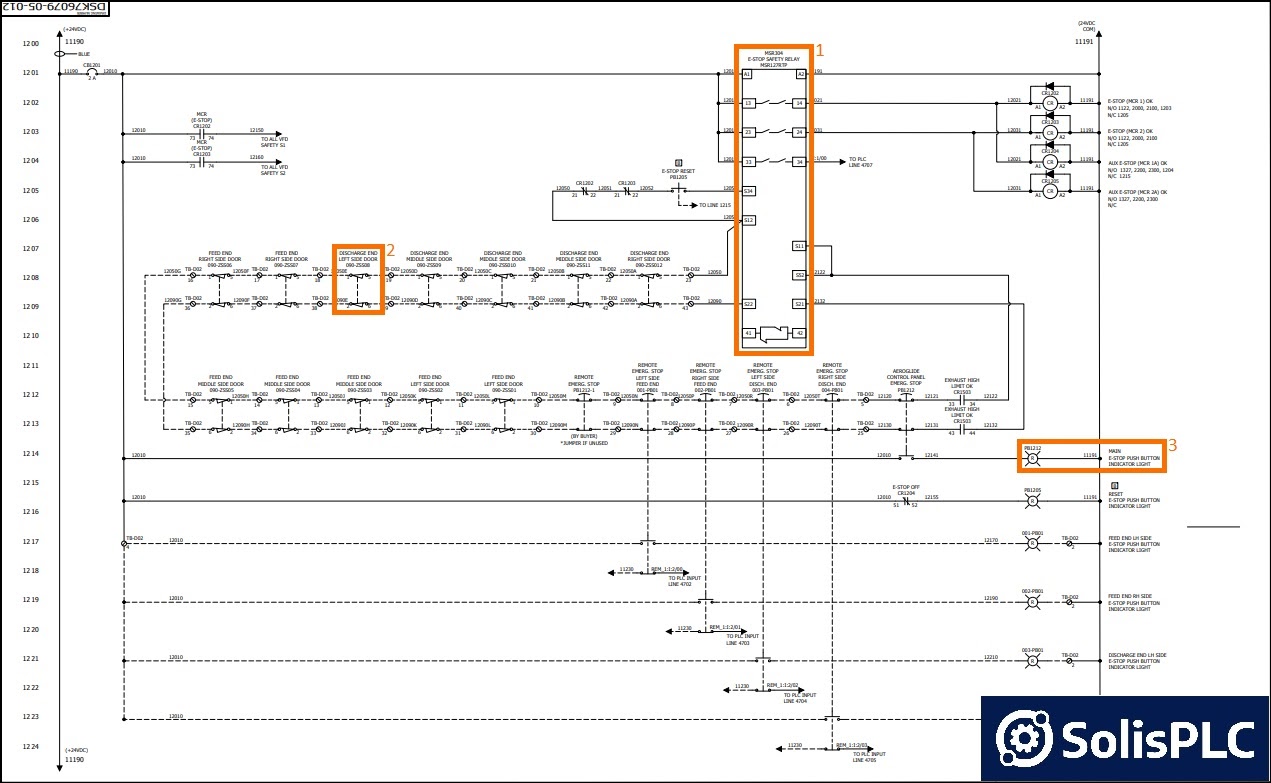
Repair any damage found before plugging the load back into the circuit. Also, look for broken light sockets or other damage that may be causing the device to short when plugged in. Note: Before reconnecting each load, check for frayed cords or a damaged plug on appliances or lamps. With the breaker on, reconnect each load, one at a time, until you determine which load is causing the problem. If the breaker doesn't trip, then one of the loads normally connected to the circuit likely has a short or is causing an overload. Retest the breaker after repairs are completed.

Check the wiring to find the fault and repair or replace any cable or devices involved. If the breaker trips with all loads removed, then you probably have a short somewhere in the house wiring. and make sure all other lights are off or the bulbs are removed. To find the cause, remove all loads from the circuit. If a circuit breaker trips, the cause is likely either a short circuit or an overload. These are also required in hospitals where sensitive medical monitors may be affected by grounding noise in the wiring which can cause disruption in their critical functions. This arrangement is used for computers and sensitive A/V equipment such as a home theater to eliminate noise interference in the audio and video output that can be caused by the random electrical activity on the grounding wires throughout a dwelling's electrical system. When connecting the wires, the isolated ground wire (the red wire pictured here) is marked with green tape or paint on each end and connected to the grounding bar in the service panel and to the grounding terminal on the receptacle. The bare copper ground wire is NOT connected to the receptacle, instead it is connected to the grounding terminal inside the metal electrical box where the receptacle is housed.Ī special isolated-ground receptacle is require for this circuit and can be identified by the orange color and a small triangle imprinted on the face. The other cable wires are connected as with any other branch circuit except for the ground wire. It is connected to the grounding terminal on the receptacle.

In a 15 amp circuit, the red wire in a 14/3 cable is used for this purpose and marked green at both ends. Wiring for a 15 Amp Isolated Ground CircuitĪn isolated-ground receptacle makes use of an extra wire to provide a separate, dedicated ground in the circuit. The neutral and grounding bars in the panel may be separate or, in the case of older service panels, the same bar may be used for both purposes. The neutral and ground wires for the circuit are connected to a bar along the side of the service panel box.

The hot wire for a branch circuit is connected to the breaker by a set screw on the base. The breakers are installed in a panel so that contact is made with one of two hot bus bars running down the middle of the box. This diagram illustrates some of the most common circuits found in a typical 200 amp circuit breaker service panel box. This page contains wiring diagrams for a service panel breaker box and circuit breakers including: 15amp, 20amp, 30amp, and 50amp as well as a GFCI breaker and an isolated ground circuit. If the user is unable to perform electrical work themselves, a qualified electrician should be consulted. The user of this information is responsible for following all applicable regulations and best practices when performing electrical work. Calculate total conductors allowed in a box before adding new wiring, etc. Per the NEC, the number of conductors allowed in a box are limited depending on box size and wire gauge. Check local regulations for restrictions and permit requirements before beginning electrical work.


 0 kommentar(er)
0 kommentar(er)
